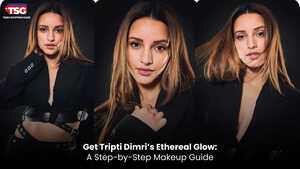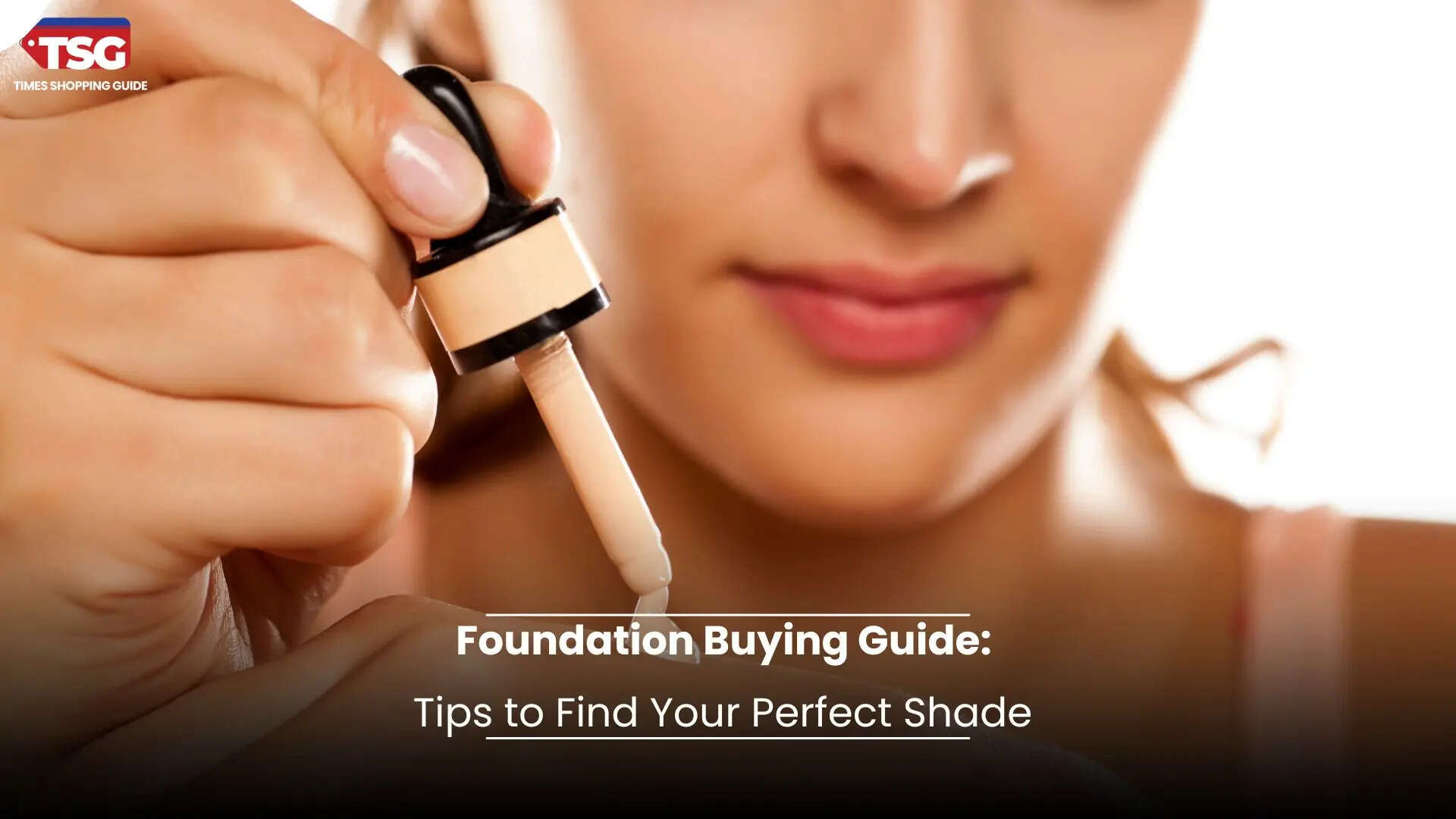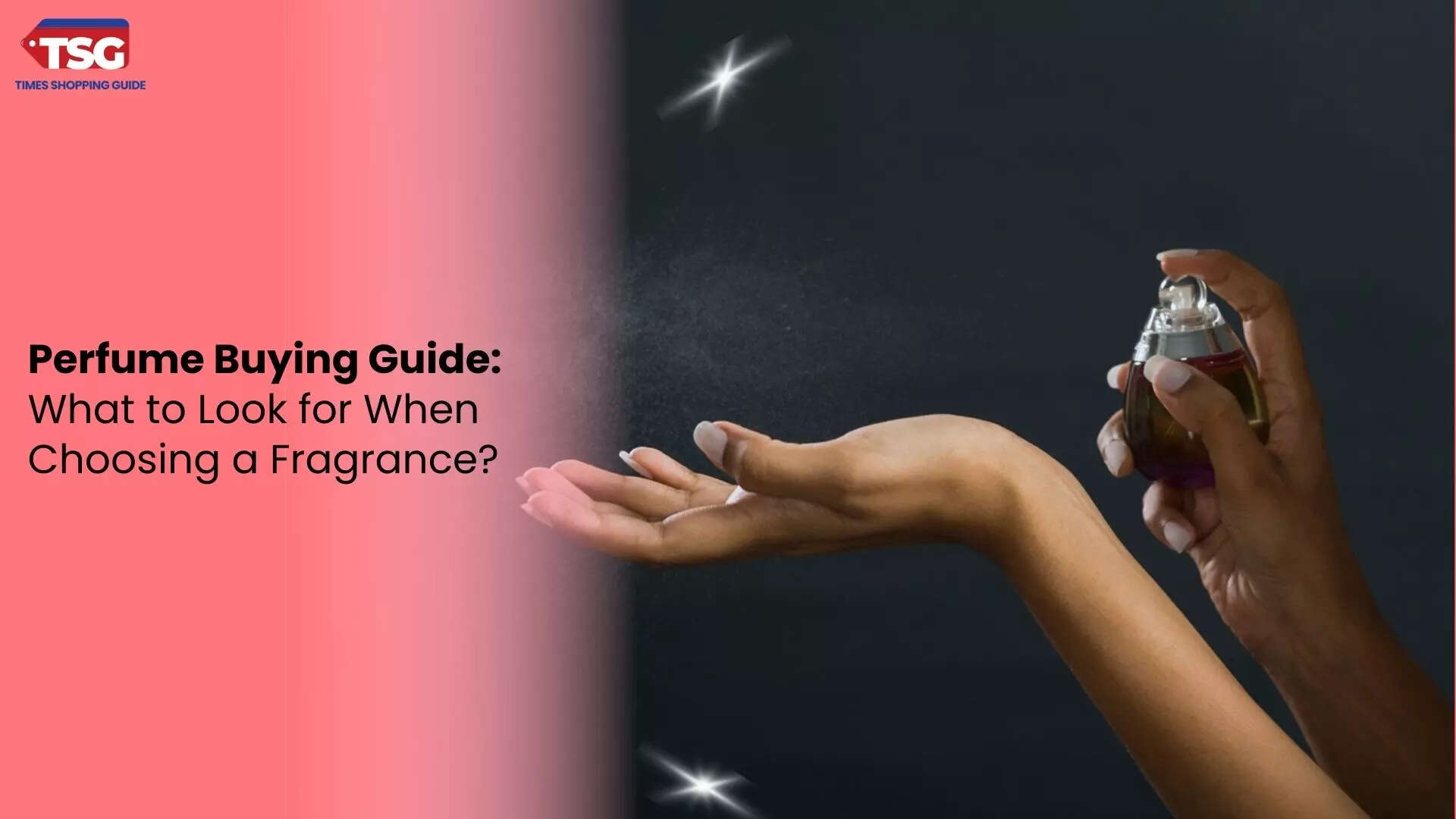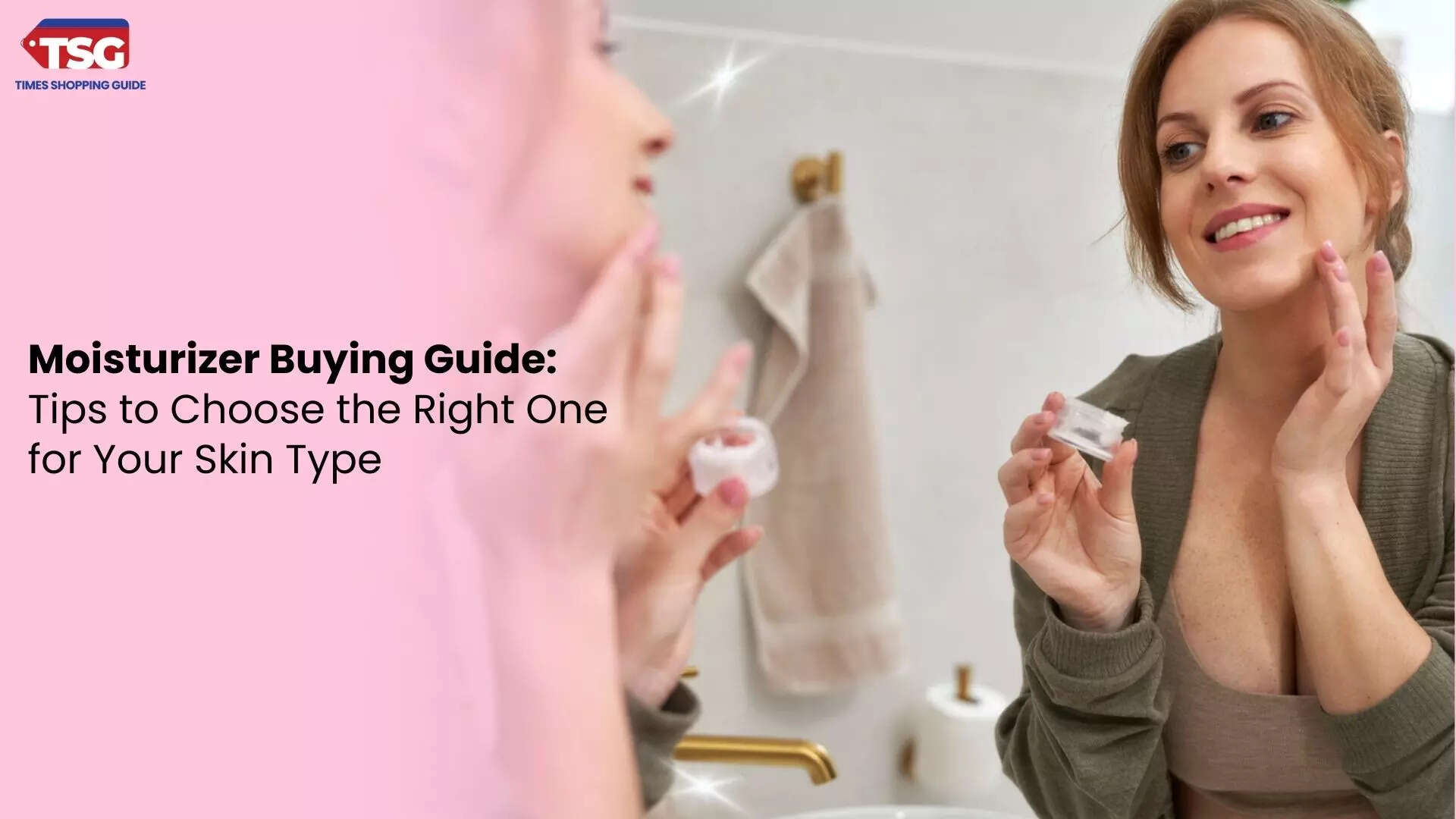- home
- beauty
- buying guides
- how to choose lipstick sahde for indian skin tone guide to find your bff
How to Choose Lipstick Shade for Indian Skin Tone: Guide to Find Your BFF
Choosing the perfect lipstick shade can elevate your makeup game and enhance your natural beauty, especially for Indian skin tones, which vary widely from fair to deep. With an array of colors available, finding the right lipstick can feel overwhelming. However, understanding your undertone and experimenting with shades can help you discover your best fit. This lip shades guide will walk you through the essential steps to identify the lipstick shades that complement your unique skin tone, ensuring you find your beauty best friend (BFF).
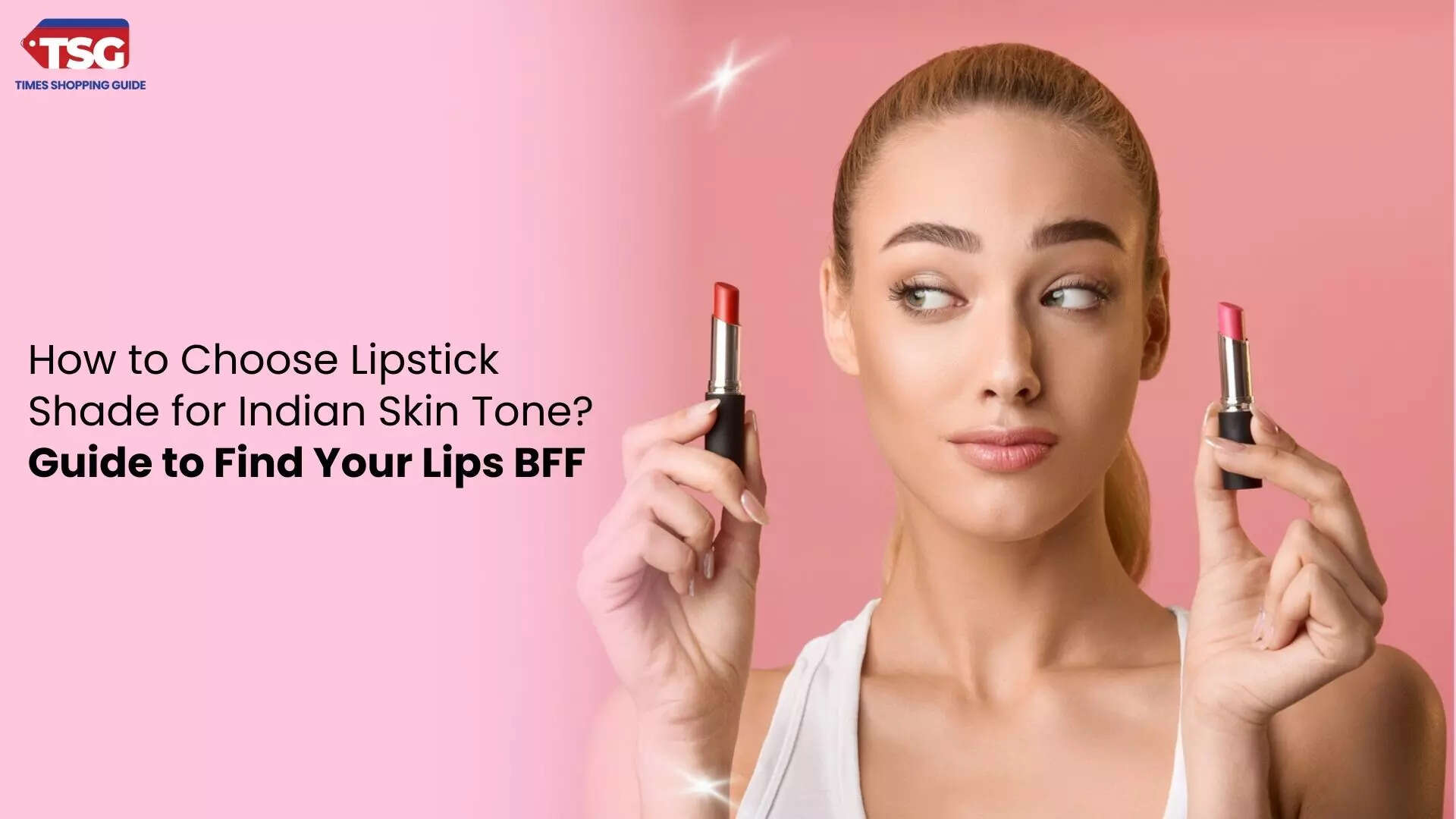
Whether you prefer bold, statement lips or subtle, everyday looks, this guide will provide tips on testing colors, understanding finishes, and maintaining your lipstick for a flawless look. With the proper knowledge, you can confidently choose the lipstick that enhances your beauty and boosts your confidence.
Also Read: 6 Best Luxury Lip Glosses for the Ultimate Shine
Understanding Indian Skin Tones
Indian skin tones are diverse and influenced by various factors such as geography, ethnicity, and cultural background. Generally, Indian skin tones can be categorised into three main categories:1. Fair: This category includes light skin tones with a pink or peach undertone.
2. Medium: Medium skin tones range from light to olive with warm undertones, often featuring golden or neutral hues.
3. Deep: Deep skin tones encompass rich, dark skin with warm, cool, or neutral undertones.
Read More: 7 Best Lip Balms for Pigmented & Dark Lips
Recognising Undertones
To choose the right lip shades, it’s crucial to understand your skin’s undertone, which can be classified as warm, cool, or neutral:1. Warm Undertones: Your skin has yellow, peach, or golden hues. If gold jewelry looks better on you than silver, you likely have warm undertones.
2. Cool Undertones: Your skin has pink, red, or blue hues. If silver jewelry suits you more, you likely have cool undertones.
3. Neutral Undertones: Although you may have a mix of warm and cool undertones, you likely have neutral undertones if you look good in gold and silver jewelry.
Read This: Tinted Lip Balms Under 500
Simple Ways to Determine Your Undertone
1. The Vein Test: Look at the veins on your wrist. If they appear green, you likely have warm undertones; if they appear blue, you have cool undertones. If they are mixed or hard to distinguish, you might have neutral undertones.2. The White Paper Test: Hold white paper beside your face. If your skin looks more yellow or golden, you have warm undertones. If your skin appears more pink or rosy, you have cool undertones.
3. Jewelry Test: Consider which jewelry complements your skin better—gold (warm) or silver (cool).
Finding the Right Lipstick Shades
Once you understand your skin tone and undertone, you can explore the best lipstick shades complementing your complexion. Here are some recommendations based on different skin tones and undertones:1. Lipstick Shades for Fair Skin Tones
- Warm Undertones: Opt for coral, peach, soft pinks, and warm red lipstick. These shades will enhance your natural glow without washing you out.
- Cool Undertones: Look for shades like baby pink, lavender, mauve, and berry tones. These colors will provide a lovely contrast to your skin.
2. Lipstick Shades for Medium Skin Tones
- Warm Undertones: Embrace shades like warm reds, oranges, terracotta, and coral. These vibrant hues will highlight your skin's warmth.
- Cool Undertones: Choose from rich pinks, plum, and berry shades. These will add depth and drama to your lips.
- Neutral Undertones: You have the luxury of versatility! Nudes, soft pinks, and classic reds lipstick colours can work beautifully.
3. Lipstick Shades for Deep Skin Tones
- Warm Undertones: Rich, warm colors like brick red, burnt orange, and deep coral will beautifully complement your complexion.
- Cool Undertones: Lip shades like deep berry, violet, and wine will create a striking look against your skin.
- Neutral Undertones: To make a statement, choose bold shades like fuchsia, plum, and deep red.
Read This: Best Lip Balms to Revitalize Your Lips Glow
Different Lipstick Finishes
The finish of lipstick can significantly impact your overall look. Here are the main types of finishes to consider:1. Matte: Matte lipsticks offer a long-lasting formula and a sophisticated look. However, they can dry, so ensure your lips are well-exfoliated and hydrated before application.
2. Satin: Satin lipsticks provide a semi-matte finish with a bit of shine, making them comfortable to wear. They offer good color payoff and hydration.
3. Glossy: Glossy lipsticks or lip glosses provide high shine and a plump appearance to your lips. They can be layered over other lipsticks for added dimension.
4. Sheer: Sheer lipsticks are lightweight and offer a hint of color, making them perfect for a natural, everyday look. They are great for layering and comfortable for all-day wear.
Tips for Choosing Lipstick Shades
1. Test Before You Buy: Always swatch lipsticks on your lips or the back of your hand to see how the color looks against your skin. Different lighting can affect how a shade appears.2. Consider the Occasion: Consider where you'll wear the lipstick. Bright, bold lipstick colours might be perfect for festive occasions, while softer shades may be more suitable for everyday wear.
3. Match Your Makeup: Coordinate your lip shades with your eye makeup and outfit. A cohesive look will enhance your overall appearance.
4. Experiment with Shades: Don’t hesitate to try different shades and finishes. Sometimes, the perfect color can surprise you.
5. Stay Hydrated: Keep your lips moisturised. A well-hydrated canvas will ensure better lipstick application and longevity.
Top Lipstick Brands for Indian Skin Tones
Several brands cater specifically to the needs of Indian skin tones, offering a wide range of shades and finishes. Here are some noteworthy brands to consider:1. MAC Cosmetics: Known for its extensive shade range and high-quality formulas, MAC offers lipsticks that suit various undertones and skin tones.
2. Maybelline: With affordable options and a diverse color selection, Maybelline lipsticks are popular among many for everyday wear.
3. L'Oreal Paris: L'Oreal's Color Riche line features an array of shades that cater to Indian skin tones, combining rich lipstick colour with moisturising properties.
4. Lakmé: As a homegrown brand, Lakmé understands Indian beauty needs and offers various lipsticks that complement local skin tones.
5. Huda Beauty: Known for its luxurious formulas, it offers a selection of vibrant shades that suit diverse skin tones.
Also This: 6 Best Lip Glosses for Indian Skin Tones
How to Care for Your Lips
Maintaining healthy lips is essential for a smooth lipstick application. Here are some tips to keep your lips in top condition:1. Exfoliate Regularly: To remove dead skin cells, use a gentle lip scrub or a homemade sugar and honey mixture. For best results, exfoliate once a week.
2. Moisturize: Apply a nourishing lip balm daily to keep your lips hydrated. Look for ingredients like shea butter, coconut oil, or vitamin E.
3. Stay Hydrated: Drink plenty of water to keep your body and lips hydrated from the inside out.
4. Avoid Licking Your Lips: Saliva can dry out your lips, so avoid this habit.
5. Use a Lip Primer: A lip primer can create a smooth base for your lipstick, enhancing its longevity and preventing feathering.
Choosing the right lipstick shade for your Indian skin tone can enhance your beauty and confidence. By understanding your skin tone and undertone, exploring various shades, and considering the finish that suits your style, you can find the perfect lipstick to complement your look. Remember, makeup is about self-expression, so don’t hesitate to experiment and find shades that make you feel fabulous. This lipstick colour guide lets you discover your lipstick BFF and elevate your makeup game!
FAQs
1. How do I choose the right lipstick?
To choose the right lipstick, identify your skin tone and undertone. Opt for coral and warm reds; choose berry and pink shades for cool undertones. Test different finishes (matte, satin, glossy) and swatch colors on your lips to find the best match for your style and occasion.
2. What type of lipstick should I use?
Choose a lipstick type based on your preferences and occasion. For long-lasting wear, opt for matte formulas; try satin or cream finishes for a comfortable, hydrating feel. Glossy lipsticks offer high shine and plumpness, while sheer options provide a subtle tint. Consider your lifestyle and makeup style when selecting.
3. How do you put on lipstick correctly?
To apply lipstick correctly, start with exfoliated, moisturised lips. Use a lip liner to define your lips and prevent feathering. Apply lipstick using a brush or directly from the tube for precision—Blot with a tissue and layer for intensity. Finish with a touch of gloss for added shine, if desired.
Disclaimer: Times Shopping Guide is committed to bringing you the latest products from the best brands. Our selection is based on market research and positive consumer feedback. Times Shopping Guide is also a part of an affiliate partnership. In line with this, we may receive a portion of the revenue from your purchases. Please note that the product prices are subject to change based on the retailer's deals.



